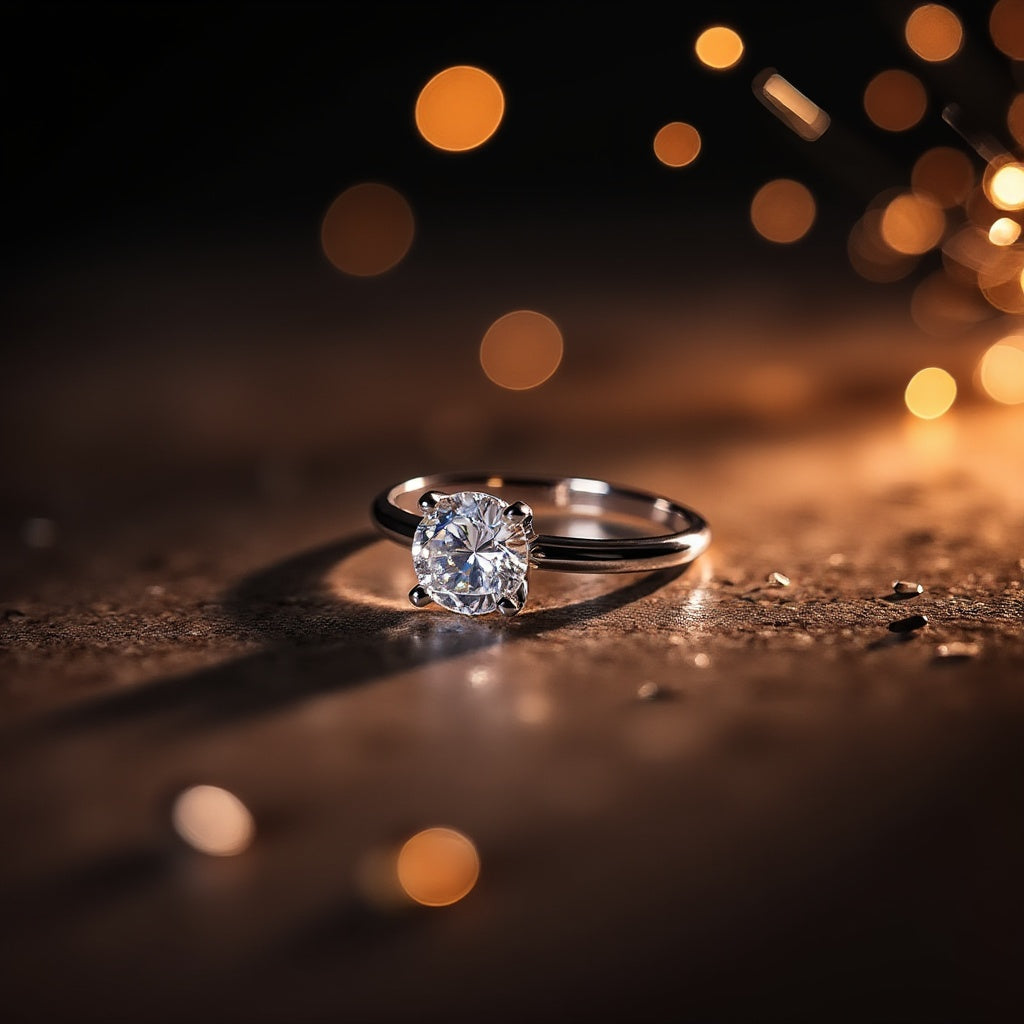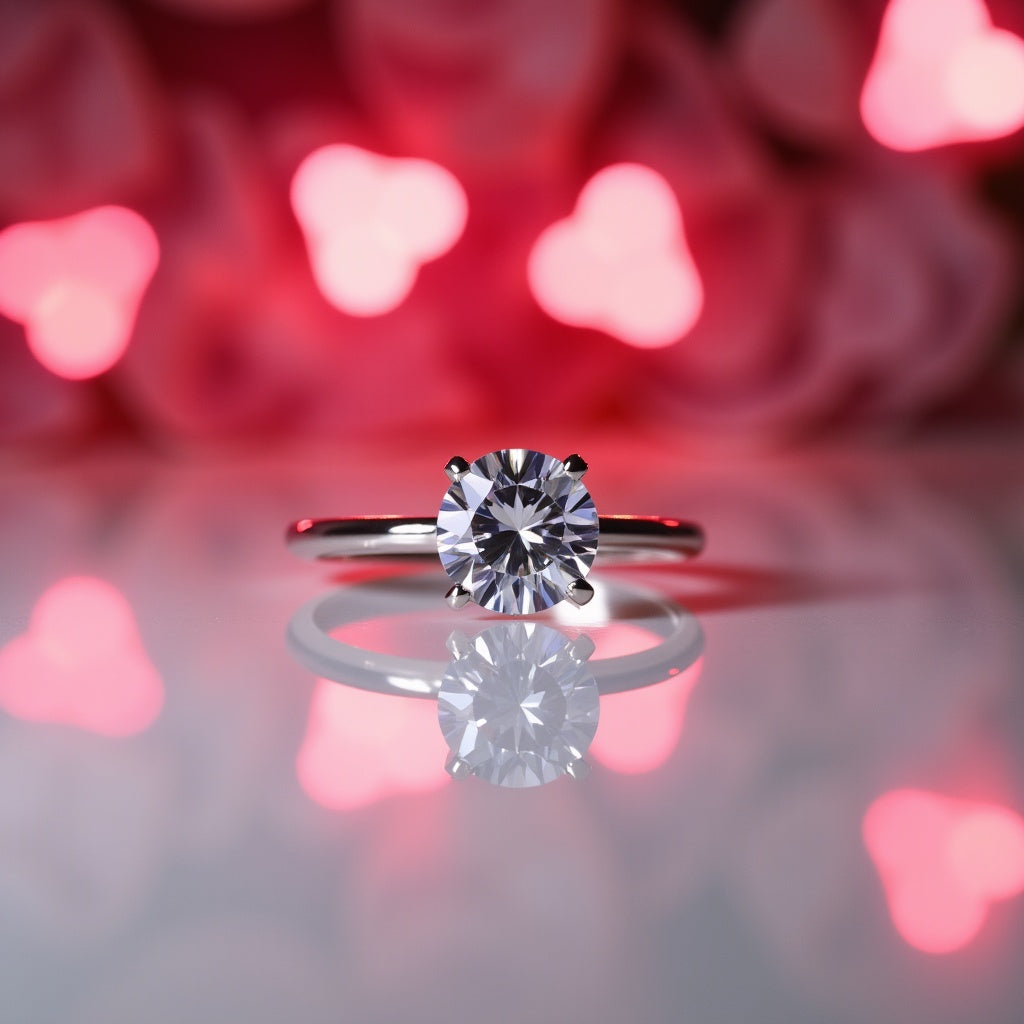Lab-Grown vs. Natural Diamonds: What’s the Difference and Which One is Right for You?
- Lab-grown and natural diamonds share identical brilliance, durability, and chemical composition.
- The differences come from how they are formed: weeks in a lab vs. billions of years underground.
- Environmental and ethical impact varies significantly between lab production and mining.
- Natural diamonds offer geological rarity, while lab-grown diamonds offer modern sustainability.
- Lab-grown and natural diamonds share the same chemical composition (pure carbon) and the same crystal structure.
- Both lab-grown and natural diamonds score 10/10 on the Mohs hardness scale (identical durability).
- Lab-grown diamonds form in 2–6 weeks, while natural diamonds form over 1–3 billion years underground.
- Lab-grown diamonds are produced using HPHT (1,300–1,600°C and 5–6 GPa pressure) or CVD chamber growth.
- Natural diamonds originate at depths of 140–200 km beneath the Earth’s mantle before being transported upward by volcanic activity.
- Both diamond types can be independently graded by GIA and IGI using the same 4Cs standards.
- Mining methods include open-pit, underground, and alluvial mining; lab-grown diamonds avoid geological disruption.
- Brilliance and optical performance are identical because both types share the same refractive index and light-return properties.
What Are Lab-Grown Diamonds?
What Are Natural Diamonds?
Lab-Grown vs. Natural Diamonds: The Key Differences
| Category | Lab-Grown Diamonds | Natural Diamonds |
|---|---|---|
| Composition | 100% real diamond with the same carbon crystal structure as natural diamonds | 100% real diamond with the same carbon crystal structure as lab-grown diamonds |
| Formation | Grown in a controlled lab environment in approximately 2–6 weeks | Formed 140–200 km beneath the Earth's mantle over 1–3 billion years |
| Certification | Independently graded by IGI, GIA, and other recognized gem labs | Independently graded by IGI, GIA, and other recognized gem labs |
| Price | Generally priced up to 70% lower due to modern production efficiencies | Typically higher due to mining, rarity, and distribution factors |
| Brilliance & Durability | Refractive index measures approximately 2.42, the same as natural diamonds. Hardness measures 10 out of 10 on the Mohs scale. | Refractive index measures approximately 2.42, identical to lab-grown diamonds. Hardness measures 10 out of 10 on the Mohs scale. |
| Ethical & Environmental Impact | Does not disturb land or ecosystems during production. Avoids geological displacement associated with mining. | Alluvial and open-pit mining can disturb hundreds of square meters of land per 1 carat recovered, depending on mine conditions. |
Which Diamond Should You Choose?
- IGI or GIA grading report, including verification of cut grade, clarity distribution, and fluorescence.
- Prioritize excellent or ideal cut grades; review symmetry and polish for consistent brilliance.
- Confirm millimeter measurements rather than relying solely on carat weight; ensure depth and table percentages fall within recommended ranges.
- Select eye-clean clarity; adjust color choice based on metal type, with whiter stones often preferred for white gold or platinum.
- Compare lab-grown and natural options for size and quality goals; consider long-term value versus visual appearance.
- Review seller policies, including returns, warranty, and resizing; check independent customer reviews.
.
Final Thoughts
Frequently Asked Questions
Are lab-grown diamonds real diamonds?
Yes. Lab-grown diamonds have the same chemical composition, crystal structure, brilliance, and durability as natural diamonds. Both are pure carbon and both score 10 out of 10 on the Mohs hardness scale.
Can you tell the difference between lab-grown and natural diamonds?
No. Even trained gemologists require specialized instruments to determine a diamond’s growth origin. Visually, lab-grown and natural diamonds are identical.
Do lab-grown diamonds have resale value?
Lab-grown diamonds typically have lower resale value, while natural diamonds hold value better due to geological rarity and long-established secondary markets.
Are lab-grown diamonds better for the environment?
Lab-grown diamonds avoid geological disruption from mining and require no land displacement. Natural diamond mining can affect significant surface areas depending on the method used.
Which diamond type is more affordable?
Lab-grown diamonds are generally up to 70% more affordable due to controlled production. Natural diamonds cost more because of mining, rarity, and global distribution factors.
Is the brilliance the same between lab-grown and natural diamonds?
Yes. Both types share the same refractive index (approximately 2.42) and identical light-return characteristics when cut well. Cut quality determines sparkle—not origin.
Which diamond should I choose?
Choose lab-grown if you want higher clarity and size for your budget. Choose natural if you value geological rarity and long-term resale potential. Both look identical to the eye when certified by IGI or GIA.

